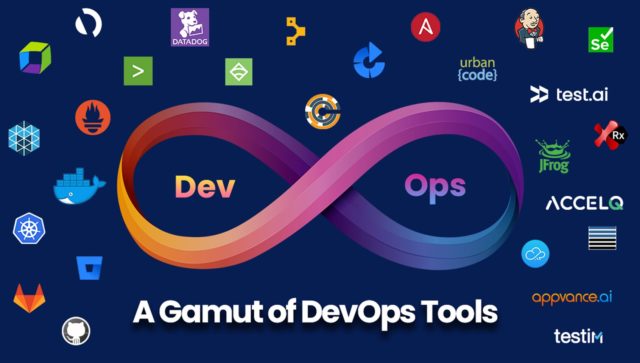Devops is a combination of the words “development” and “operations”. It was initially used to describe the merging of the two previously independent departments, but the term has since taken on a life of its own. Now, developers and operations professionals working together can more effectively create software products.
In a software SaaS company, continuous integration and continuous delivery are two essential processes that help ensure your product is always of the highest quality. They involve the integration of feedback from customers into your product, and the rapid deployment of new features and fixes. Without these processes, your customers would not be able to provide meaningful feedback, and you would be forced to release a sub-par product. Fortunately, there are tools that exist to help you automate these processes and achieve better results. This article will discuss three such tools that you can use to effectively manage CI/CD in a SaaS company: Trello, GitHub, and Docker.
Table of Contents
Trello
Trello is a flexible and extensible Kanban board that can help you organize and manage your team’s work. You can use it to establish a visual hierarchy for your projects, and gain valuable insight into how your team members are progressing. The best part is that you can add and remove users and boards at will. This allows you to best manage your team’s workflow and ensure they are always progressing toward the goals you have set for them.
Each task on the board can be given a description, estimated completion date, and any relevant files. The tasks can be broken down into smaller chunks if required, enabling you to see how far each team member has come in the project. You can also add custom fields to the board to define how the tasks should be organized and stored. For example, you might want to create a ‘parent’ field that links the tasks to the users who created them.
GitHub
GitHub is the leading source of all things devops. Its open source model makes it extremely scalable, which is essential for large devops teams. You can use it to host your repositories of source code and related projects. This includes private repositories that can be accessed only by certain users and groups, as well as public repositories that everyone can see.
The best part of using GitHub for devops is that you can also hook your source code into CI/CD processes. For example, you can use CI servers to build and test your code, and you can set up a continuous deployment process that deploys code to your team’s GitHub repositories on a regular basis.
Docker
Docker is a tool that can help you easily create self-sufficient containers, for use in development or production. It can be used to package applications and websites for easy deployment and to create isolated environments for running tests. You can pull images down from the Docker Hub to quickly get up and running.
The best part about using Docker for devops is that it can help you automate some of the processes that you would otherwise have to do manually.
For example, you can create a Docker file that contains the commands necessary for installing the application, setting up the environment, and starting the application. This file can be used to build and run applications as often as you like, in a fully automated fashion. In the event of a Docker crash, you can simply create an image from the most recent successful build, and all your applications will remain intact. This protects you from having to manually rebuild and start over again after a crash.
CI/CD Flow
With any software development team, communication is key. You need to be able to quickly and effectively convey information to your team, and you need to be able to listen to and act on any feedback that may arise. As a result, most modern-day software companies have adopted a DevOps culture. This is a combination of the terms “development” and “operations” and stands for a set of practices used by software development teams to integrate testing, building, and deployment into one cohesive process. This process is known as continuous integration and continuous delivery, and it helps developers and operations professionals work more effectively together. By incorporating these terms into your daily workflow, you will further speed up the delivery of your product and see an increase in your customer’s confidence.
Using these tools effectively will help you manage your team’s workflow, improve their productivity, and ensure that they produce the best possible software product for you to deliver.








